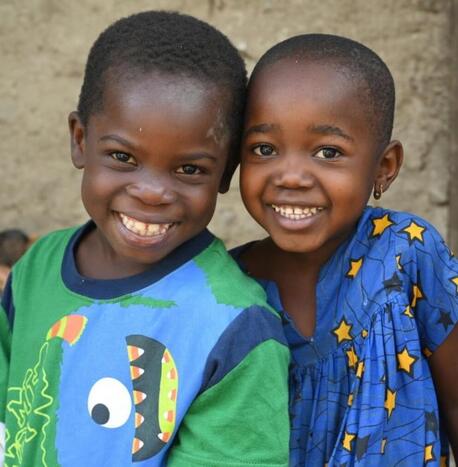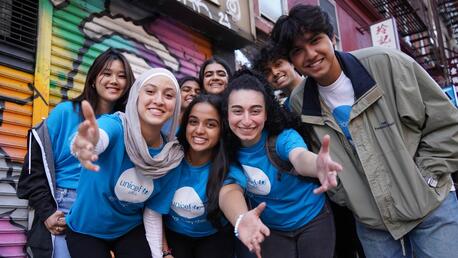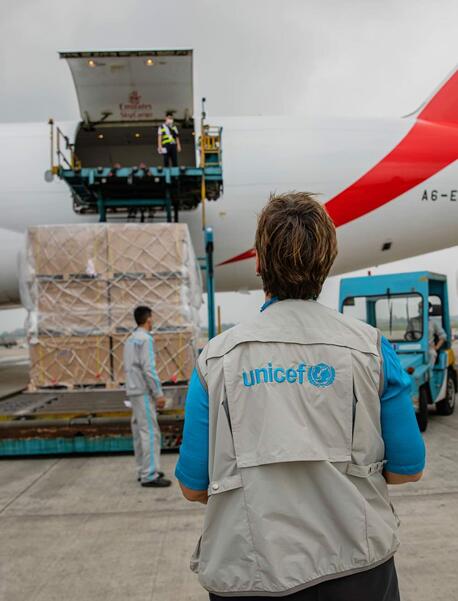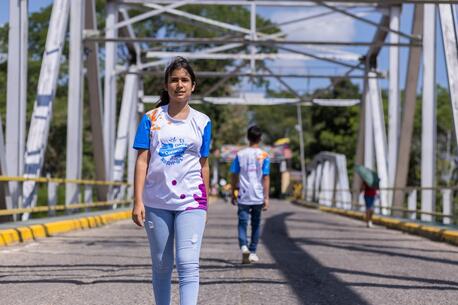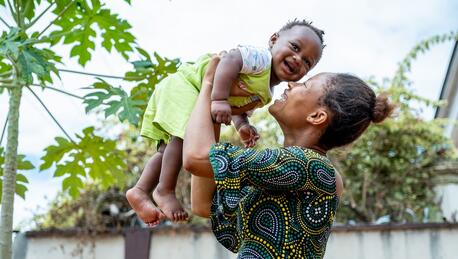
Driving UNICEF Impact for Children Worldwide: The Power of Flexible Funding
Donating unrestricted, flexible funding shows trust in UNICEF's expertise and ability to deliver for children. A look at how UNICEF leverages its core resources to drive impact.
Investing in collective impact
UNICEF's core resources provide the bedrock funding that fuels the organization's global work for children.
A form of flexible funding, core resources — a.k.a. regular resources, or RR for short — are what enables UNICEF to maintain foundational programming and advance progress toward multiple Sustainable Development Goals.
It allows UNICEF to work in interconnected ways, addressing children’s holistic needs for good health, education and protection throughout their childhood and adolescence, and meeting these needs while achieving systemic and long-term change. It funds UNICEF's convening presence, expert staff and long-term sustainable investments in the institutions, services and stakeholders that support children.
UNICEF explains all this and more in its 2023 Core Resources Annual Report, which details how its spent its RR funding last year, highlighting examples of impact in specific countries and regions. A separate section covers the partners who favor unrestricted giving, and why.
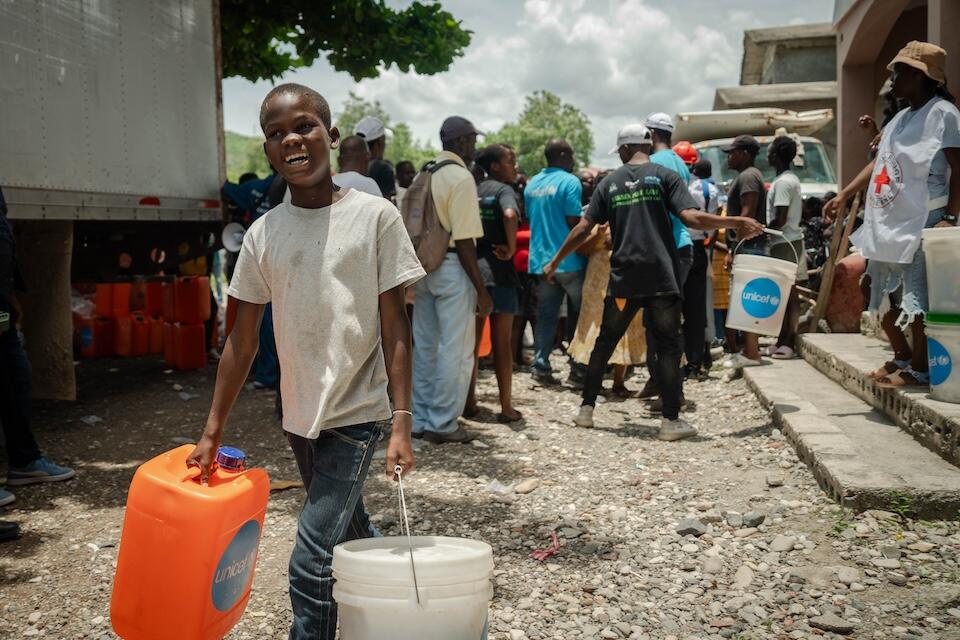
The United States Government, for example, is the largest contributor to UNICEF's core resources, contributing more than $2 billion over the last 15 years. Individual donors — a growing community approaching 10 million people from all around the world — are another important source.
A show of trust in UNICEF's expertise and ability to deliver for children
Contributors to RR cite a number of reasons for donating flexibly:
- UNICEF’s mandate to uphold the rights of every child — and to leave no child behind
- UNICEF’s long and broad presence on the ground, with operations in more than 190 countries and territories
- RR enables UNICEF to scale interventions quickly as new emergencies unfold — and adjust course as conditions change
- Funds can be used flexibly in places where children and families are most in need
- UNICEF plays a key role in bridging development and humanitarian assistance
- Confidence in UNICEF's capacity to effect meaningful and enduring change through equitable and innovative solutions
- UNICEF's Sustainability and Climate Action Plan and approach to protect children's lives, health and well-being in the face of the climate crisis
"We believe that charities need a stable, predictable revenue stream to do their work most effectively," says Jonne Arnoldussen, Managing Director of the Dutch Postcard Lottery, a charity in the Netherlands that donates to several organizations, including UNICEF. "For us, it’s important that UNICEF itself, as an expert in its field, is able to determine how best to spend the budget it receives from us. That is why 100 percent of our annual support is directed to RR.”
Leveraging flexible funding to advance progress on the SDGs
The report's Impact Story Companion delves into what RR has helped achieve — instances where UNICEF leveraged flexible funding in its role as a leader, pioneer, innovator and emergency responder.
In Cambodia, for example, RR helped improve child survival rates; the number of deaths of children under age 5 are down by 75 percent in the country compared to 20 years ago. In Montenegro, UNICEF's RR investments helped scale up the government's Universal Child Allowance program, contributing to a 6 percent reduction in child poverty over the last decade.
And in Tunisia, RR helped tackle under-vaccination in children. With flexible funding, UNICEF was able to pioneer the use of a digital child immunization card, and generate evidence that led to the replacement of the bulk of the country’s cold chain, the system for ensuring safe transport for perishable vaccines, for more effective vaccine management.
Here are a few other ways UNICEF has used RR to fulfill its mission.
Expanding sanitation services
In West Africa, where open defecation has remained common practice — a major public health issue — UNICEF used RR to scale up an innovative financing program, whereby families are given loans to construct new toilets or upgrade existing ones.
The scheme has helped improve access to sanitation in three countries; between 2020 and 2022, the population that uses at least basic sanitation services increased by 13.6 percent (1.14 million people) in Ghana, 10.15 percent (9.38 million people) in Nigeria and 6.24 percent (100,000 people) in Togo.
RR was also used to train micro-, small- and medium-sized enterprises to construct climate-resilient toilets and market sanitation more effectively, which has created new job opportunities.
Strengthening social service systems
In Ethiopia, RR has been instrumental in establishing a social service workforce over the past two decades. In 2023, UNICEF flexible funding supported the training and deployment of 15 percent of the country's social service workers, who reached nearly 600,000 children.
Social service workers play a critical role in important child protection work, such as helping girls avoid child marriage and connecting them to care and support services.
"I am now free to pursue my education,” says Fatuma, an eighth grade student at Weledi Primary School in Nesim Shekila Kebele, in Amhara region's Dawa Chafa district. Fatuma's was one of 3,700 child marriages that service workers averted in Ethiopia last year.
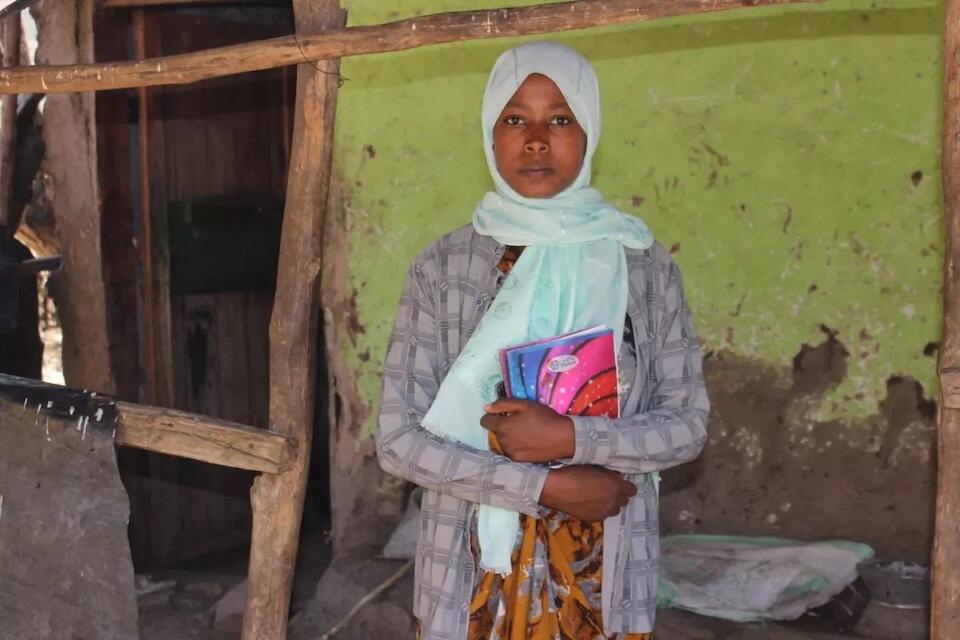
Transforming education for girls
In Bangladesh, UNICEF expert staff — supported by RR — provided strategic and technical leadership to implement education sector reform, resulting in a more inclusive and gender-equitable system for girls to access learning opportunities.
Government-led, UNICEF-supported changes to the national curriculum have opened doors for millions of secondary school children — girls in particular — to study science.
Deepa Sankar, UNICEF Bangladesh’s Chief of Education, notes how RR has enabled UNICEF to continue advocating for important reforms and to secure the buy-in from teachers, parents and communities that is necessary for their successful implementation. "Things really are changing," he says.
An appeal to donors to consider unrestricted giving
The report sends a clear and urgent message to supporters: Unrestricted giving is the most effective way to support the mission.
"Core Resources are the lifeblood of UNICEF’s work for children," UNICEF Executive Director Catherine Russell writes in the report's opening address. "Through your continued investment we can have the biggest impact on the lives of children today, and help to shape the future."
Access the complete 2023 Core Resources Annual Report.
Learn about different ways to give to UNICEF.
Help drive UNICEF's impact for children globally. Donate today.
HOW TO HELP
There are many ways to make a difference
War, famine, poverty, natural disasters — threats to the world's children keep coming. But UNICEF won't stop working to keep children healthy and safe.
UNICEF works in over 190 countries and territories — more places than any other children's organization. UNICEF has the world's largest humanitarian warehouse and, when disaster strikes, can get supplies almost anywhere within 72 hours. Constantly innovating, always advocating for a better world for children, UNICEF works to ensure that every child can grow up healthy, educated, protected and respected.
Would you like to help give all children the opportunity to reach their full potential? There are many ways to get involved.
